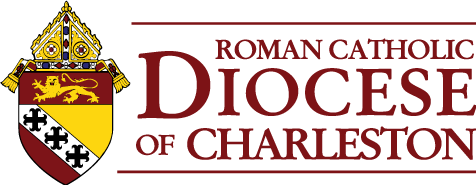Catechists and Churches
 Msgr. Lofton has developed a relationship with a local man from Neselesele who is the primary builder for the new churches. Yava works with the local people and together they construct the church. As I came to find out the church is critical to the people of the local community. More on that later.
Msgr. Lofton has developed a relationship with a local man from Neselesele who is the primary builder for the new churches. Yava works with the local people and together they construct the church. As I came to find out the church is critical to the people of the local community. More on that later.
“The church in Neselesele was built to withstand hurricane winds,” says Msgr. Lofton. This was the first church that the Marist priest, Fr. John Crispin, asked for help rebuilding. Msgr. Lofton went on: “the structure is based on what you call a monolithic slab.”
“Yes,” Yava commented when I asked if it had a foundation, “concrete blocks on a footing.” Then I asked where the slab goes. “On the foundation,” he said “hand mixed concrete. Gravel and sand and water”. We were talking about lifting concrete up to 4 feet in the air to pour it into the floor form so it flows into the foundation blocks.
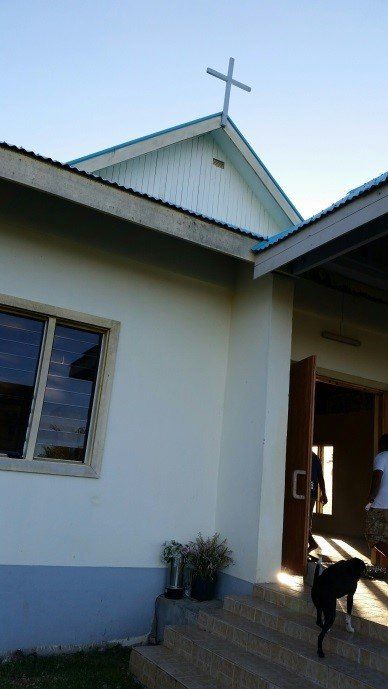
“They have to leave the sand out in the rain,” said Msgr. Lofton, “so the rain washes the salt out of the sand or it will corrode the rebar.” The sand is retrieved from the beaches to construct the churches.
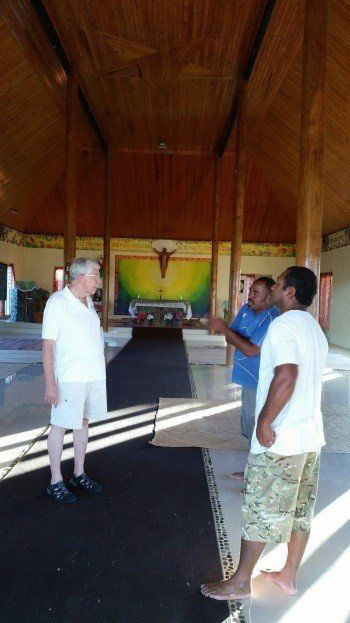
I was very impressed by the structure of the church in Neselesele. It’s a beautiful church sitting high and situated in the middle of the Neselesele village.
|
|
 |
I noticed a hollowed out and carved log sitting under a canopy near the church. I had seen one earlier at Holy Cross. The log, or lali, is beaten with two large carved sticks and rings loudly to announce Mass. In Neselesele they sound the lali at noon and at 6PM and pray the Angelus every day. They also sound it a half hour before Mass and then just before Mass begins.
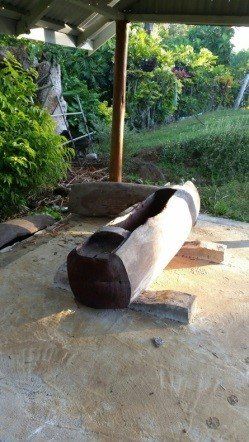
Wauni, Carlos and Yava explained the role of the catechist in the parish.
“We are not able to have Mass said by a priest every week’” said Wauni, “the priest comes once a month to say Mass.
For the other three weeks, the catechist holds a communion service for parishioners.
We also prepare them for their sacraments, marriage, baptism, reconciliation, first communion and confirmation.”
When I asked them what materials they use, they said they have only notes prepared by the Archdiocesan offices.
No books or pamphlets.
No materials to give to adults or children.
These men take their role seriously and are excited about the role and deeply faithful.
Their parish is their community.
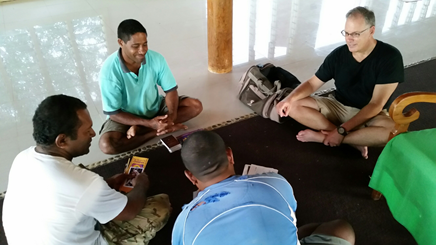
This idea of community was reinforced strongly the next day (October 7) when we traveled to the southern edge of Taveuni.
This was a ride on narrow gravel road and then part way up a mountainside to Delaivuna.
There is no village there but there are houses scattered across the area.

Yava drove Msgr and me up to a lot that has been cleared and I learned that it is being prepared for a new church. The priest that serves this area had contacted Msgr. Lofton and asked for help. Yava is doing the work with the local people. What I learned next was a lesson in humility and strong faith. A man named John came out of one of the houses nearby to see what we were doing.
He was dressed in a worn sleeveless shirt that had holes in it and a pair of dark shorts.
John is the head of the building committee for the church.
“The local people are saving up to build a church,” Msgr. told me. I didn’t quite understand this because I knew that part of why Msgr. was there was to help fund the building through the Pontifical Mission society’s Propagation of the Faith.
He asked John how much they had saved.
“$50,000 dollars
(Fijian),” John answered, “it cost $10,000 to do the clearing.”
It was dawning on me that there is more to all of this than just building a church.
I asked why they wanted a church.
The answer: “We were meeting on the porch of one of our houses and as more people came we did not have enough room. We have Catholics all around the area.
At least 60 families come to Mass.”
What I realized is that their faith is so strong and is such a component of their culture, that they need a church for the community. To be the center for the community and also a place where they can practice their Catholic faith. I was seeing this in Neselesele but I did not fully grasp what I saw at the time.
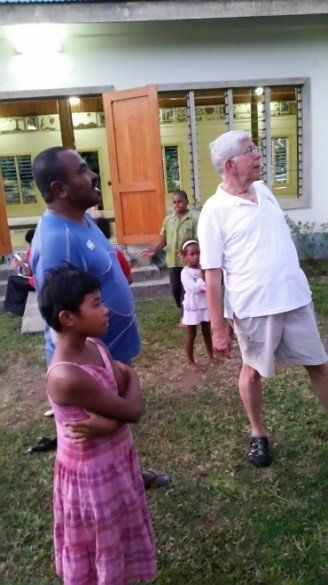
In the case of both Neselesele and Delaivuna, the Catholic church must come to the people. To their village.
Delaivuna is an extreme because the people have no vehicles and the location is very remote from the rest of the island.
The people are asking for the Catholic church to come to them. For facilities, resources and guidance.
It is truly awesome to see the work of the Catholic Church in the world
.jpg)
.jpg)
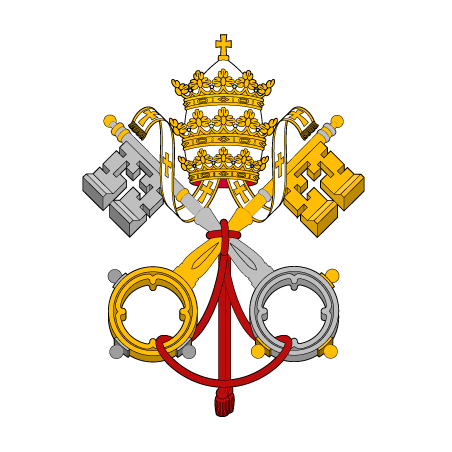

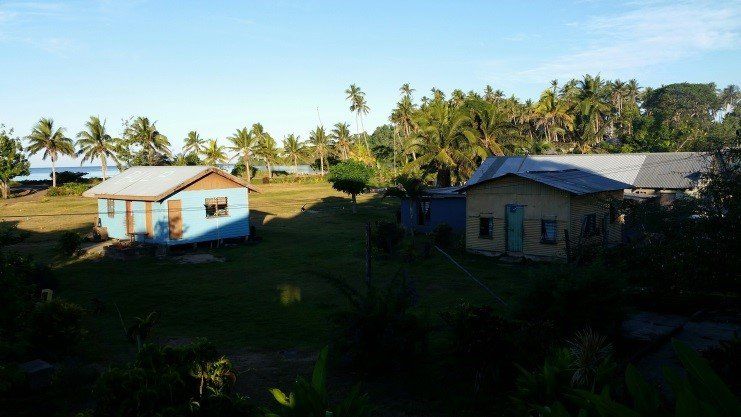
.jpg)
